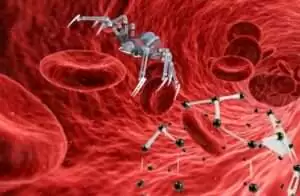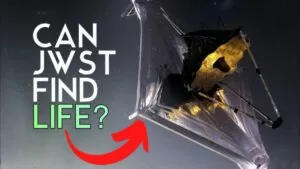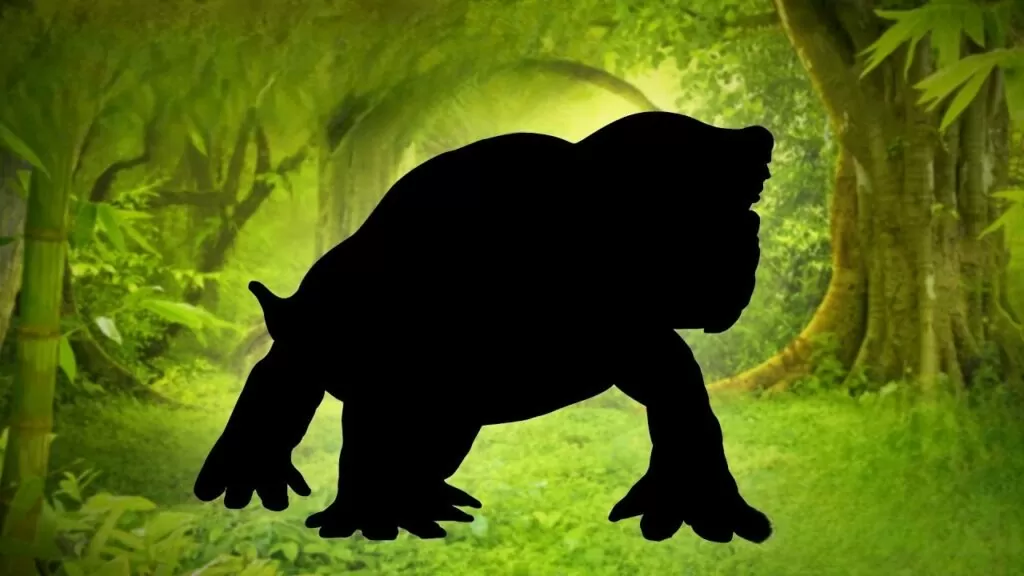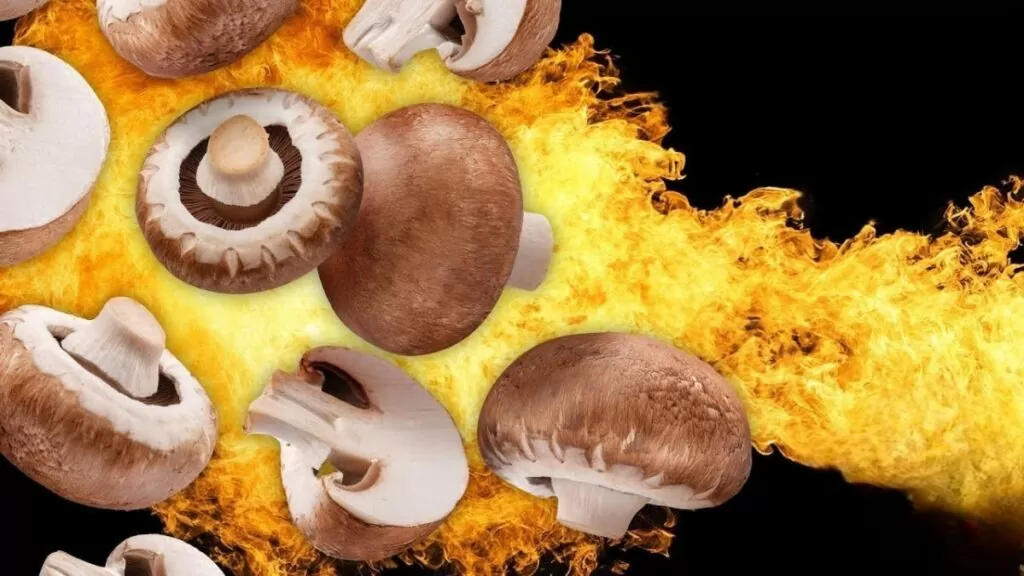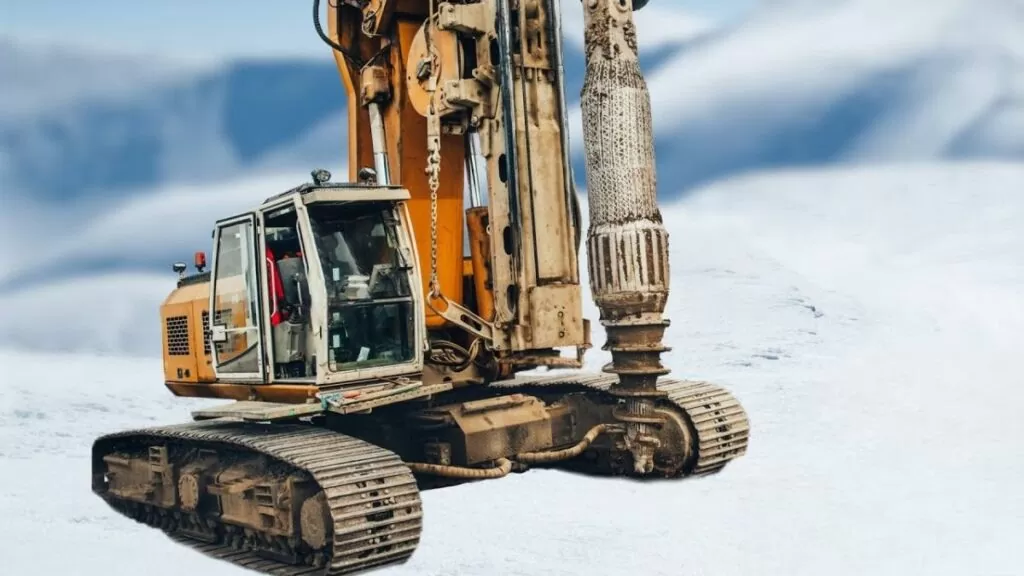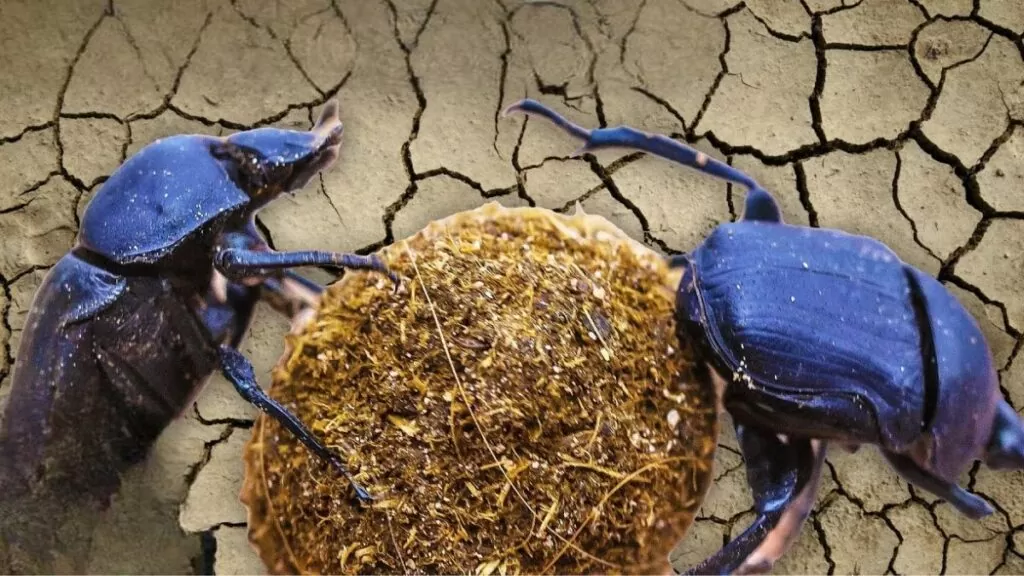
You probably don’t spend a lot of time thinking about dung beetles.
But maybe I can convince you that there’s a lot more to dung beetles than just poop.
Because they’re helping you out, yes you specifically, by doing everything from improving agricultural yields to fighting climate change.
So put a clothespin over your nose and let’s get to know the little guys a little better.
There are a few distinct types of dung beetle and they live all over the word, often much closer to home than you may expect.
The first are rolling dung beetles, the classic ones you might picture from nature documentaries or ancient Egyptian iconography.
As you’d guess, they create dung balls and roll them.
These balls are known as brood balls, and are actually an offering, usually by the male dung beetle to the female.
They serve as both food for her, and food for her offspring, as long as it’s accepted.
We also have tunnelers.
They’re dung beetles that create tunnels of varying depth directly below the dung pile itself to feed dung into for either themselves, their mate or their offspring.
If you’ve ever lifted up a cowpatty and seen pockmarks in the ground below, that’s the work of tunnelers.
Other varieties are ones that simply live in the dung pile itself, and some are even kleptoparasites, meaning they steal the dung of other individuals as their entire survival strategy.
That’s not the flattering picture I promised you, but all of these guys are performing some seriously important services by digging around in poo.
For one thing, dung beetles can regenerate poor quality soil.
Areas in South Africa once used for mining have soil that is infertile, heavily compacted, and lacking in useful nutrients and minerals.
In short, you’d struggle to grow anything there.
But when researchers gathered up dung beetles from farmland and added them to this type of soil, those soils grew significantly more plant life, and had more nutrients as well.
That means land that has been made effectively barren by things like unsustainable farming practices or fossil fuel extraction could be partially restored just by adding dung beetles.
Helping us repair our mistakes, or just make use of land for stuff like feeding people.
On top of this, dung beetles also increase water absorption in the soil.
Tunneling dung beetles drill down into the soil to lay eggs, and the young break it up even more when they emerge.
That makes the soil more porous, so it holds more water.
The tunnelers can get down to over 100 centimeters, and in just 48 hours, dung beetles can create an effect that lasts for six months.
More water being absorbed means less runoff and potential flooding, and it’s better for plant communities too.
Handy thing to have on a warming planet.
In areas that are predicted to become a lot more arid, dung beetles are predicted to help soil absorb more rain when it comes.
And for areas that have excessive rainfall, the same effect can help prevent flooding.
All that churning of the soil leads to a lot of mixing in the sediment.
But of course, dung beetles don’t just dig and burrow; they also bury their brood balls.
All this digging and dung mixing don’t just result in plants being able to grow where they couldn’t before.
It can often lead to more, larger, and healthier plants as well.
Look… it’s fertilizer.
Nitrogen is an important nutrient for plants, and it can be lost to the atmosphere thanks to ammonia gas escaping from livestock dung.
When dung beetles bury it, that nitrogen stays in the soil instead.
Plants grown with dung beetles are more nutritious and productive.
In fact, a few studies have suggested that dung beetles can actually outperform chemical fertilizers in improving plant yields.
Many of these studies have been done in laboratory settings, often with a single species of dung beetle or plant.
But dung beetles often function at their best in big, complex communities with multiple roles played by multiple species.
Which means the effect in the wild could actually be much more significant.
Herbivore dung isn’t just full of chewed up leaves and grass.
It’s also full of seeds.
Dung beetles help out by burying balls full of seeds.
Seeds like to be planted, I guess, but in practice this protects them from predators or pathogens.
It also helps by dispersing the seeds.
Dung beetles don’t tend to roll their balls much further than 15 meters or so, but that’s enough to space seeds out so they’re not overcrowded.
The area of soil a dung beetle selects may also end up being better for the plant to grow in than whatever random spot the dung was dropped in.
So far, ok, the idea of dung beetles being good for plants isn’t THAT far out there, but lemme hit you with another one.
They may also help reduce greenhouse gas emissions.
A study from Finland published in 2016 found that dung beetles in cow pastures can reduce methane.
Cows are known to produce methane as a side effect of their digestion, and since methane is a powerful greenhouse gas, this makes cattle farming pretty high-impact.
One way this methane is produced is from cow patties as they sit around the pasture.
The dung beatles break up the cow patty and expose its contents to oxygen, which causes it to give off less methane.
Unfortunately, this benefit is held back by the fact that many developed countries raise cattle at least partially indoors where dung beetles can’t help.
However, in countries where cattle are grazed more on pasture and live primarily outdoor lives, the effect could be a lot more important.
There’s a whole continent that stands as a case study for the ability of dung beetles to clean up our messes.
And that’s Australia.
Because, of course it is.
Cattle and sheep aren’t native to Australia, and when they were introduced in the 1700s their waste quickly started to build up, polluting waterways and smothering pasture.
So 53 species of dung beetles were introduced, of which 23 survived and stuck around.
They transformed the soil, encouraged nutrient flow, and limited the influence of pests.
And they didn’t even ask for anything in return.
Except poo.
Absolute legends.
So sure, Dung beetles aren’t really appealing or exciting.
But it could be argued that they work harder than humans do at cleaning up human messes.
So thanks, little dudes.
I’ll just… appreciate you from over here.
Way over here.
It’s incredible that these tiny bugs can help us with humanity’s biggest problem.
But it makes sense if you think of the miniscule molecules that get out of balance in the climate crisis.
Nitrogen, methane, and the other stuff beetles work with are just molecules in the end.
![Moon Jellyfish has [ Hidden Secrets ] You don't know moon jellyfish](https://spaceupper.com/wp-content/uploads/2022/11/1-1-300x169.jpg.webp)
